Over the last week, students in the Plant Ecology lab have been helping to survey a floodplain in Cherry Valley, to document the existing structure of the plant community before an upcoming restoration project. It's been fantastic to be able to work with The Nature Conservancy to study this site.
The students got practice in plant ecology research: running transects, placing quadrats, identifying species, and estimating vegetative cover (and learning how to adjust a compass declination!).
This is a great site to get practice in identifying some challenging groups of plants: grasses, sedges, and rushes (collectively referred to as graminoids). There are a lot of these species to contend with: the grass family Poaceae contains about 10,000 species globally, and 275 species just in Pennsylvania, representing about 10% of all the plant species in the state. The sedge family Cyperaceae has 274 species in Pennsylvania, of which about two-thirds belong to the diverse genus Carex. Confirming the identity of many species in these groups requires collecting the plants and examining their structures under the microscope. These are just a few of the species we found!
Up close, you can see a lot of detail on these fruiting structures! In addition to dissecting these plants to identify them with a botanical key, we can compare the plants we found to previously-identified specimens from these groups of plants stored in the Buser Herbarium at ESU.
This site is also a great place to see how small changes in hydrology can drastically change the vegetation: there are patches with more woody plants, and very wet patches with species that aren't as common throughout the rest of the site.
We've already identified about 70 species at the site, and there are still more to identify! This has been a great experience for our students in field botany and ecological research, and provides valuable training, especially as botany education and training is generally on the decline.
Here are just a few of the other plants our students found at the site:
Here are just a few of the other plants our students found at the site:


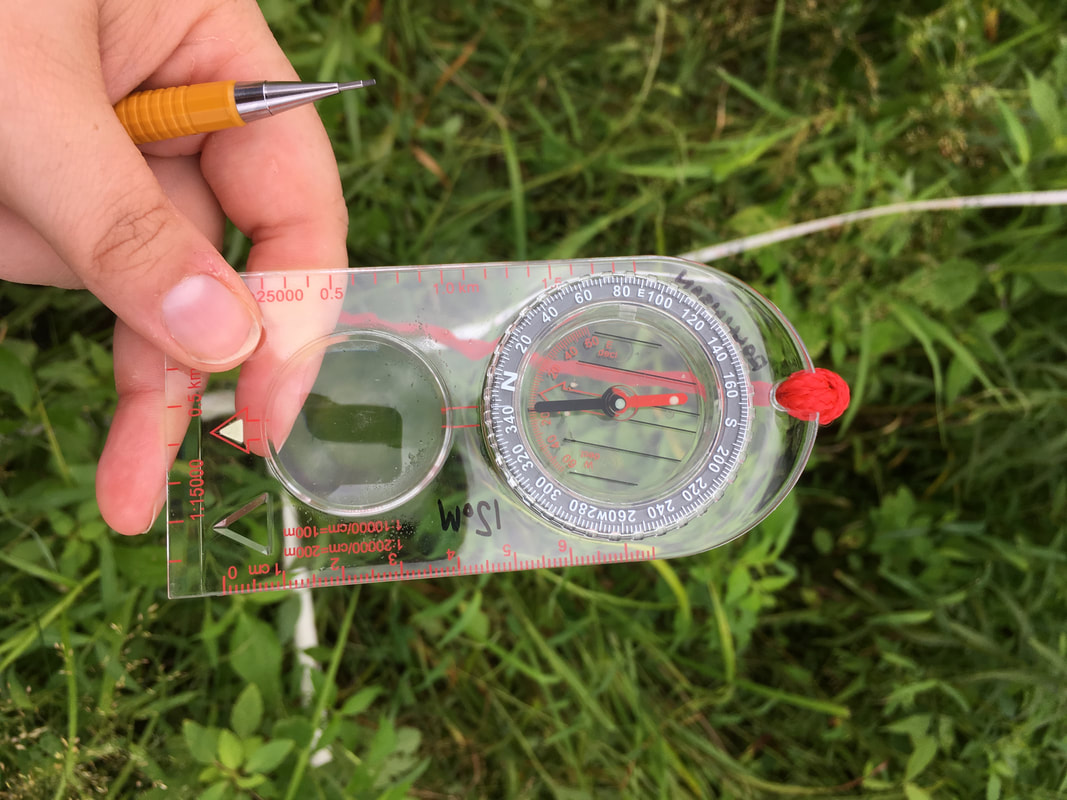

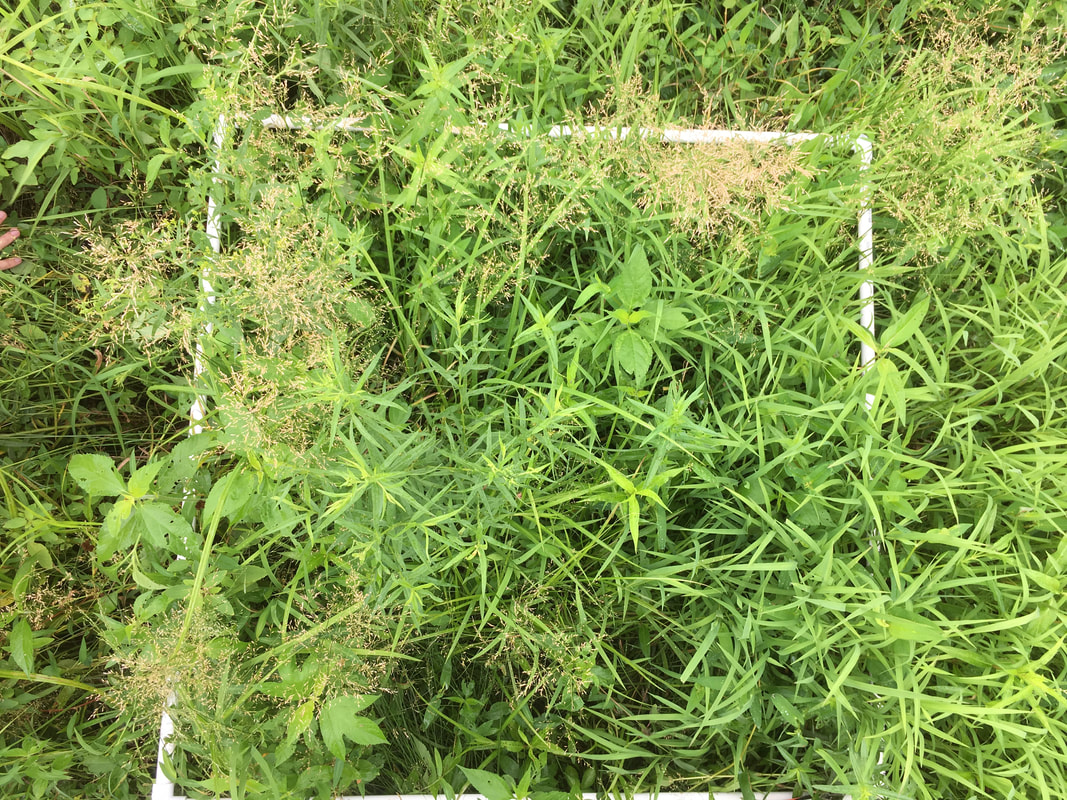






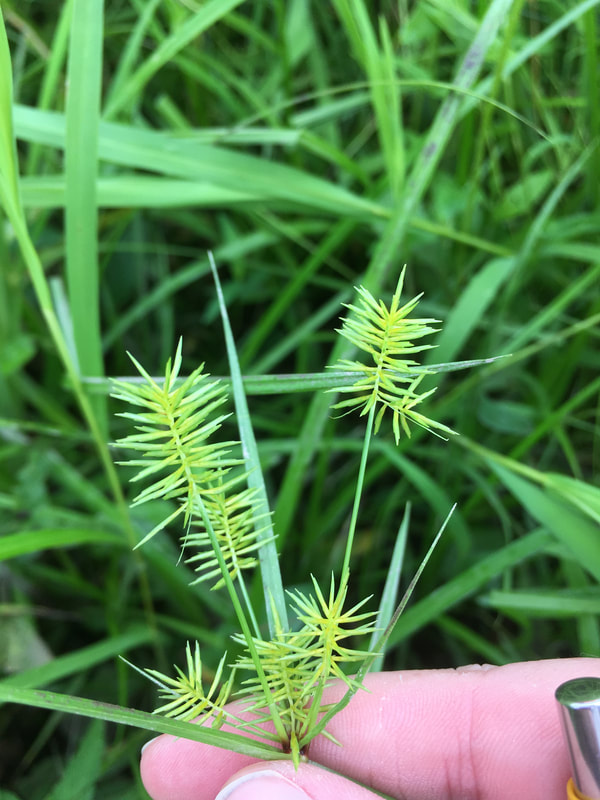


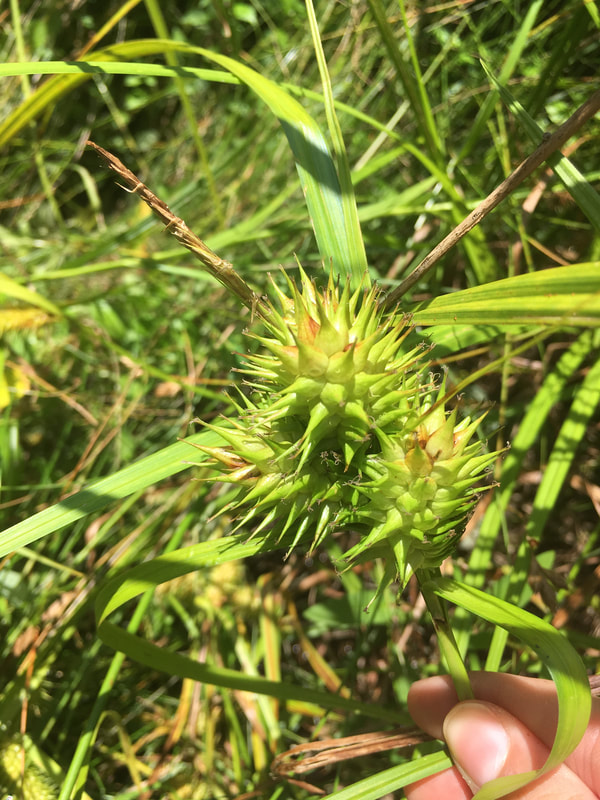

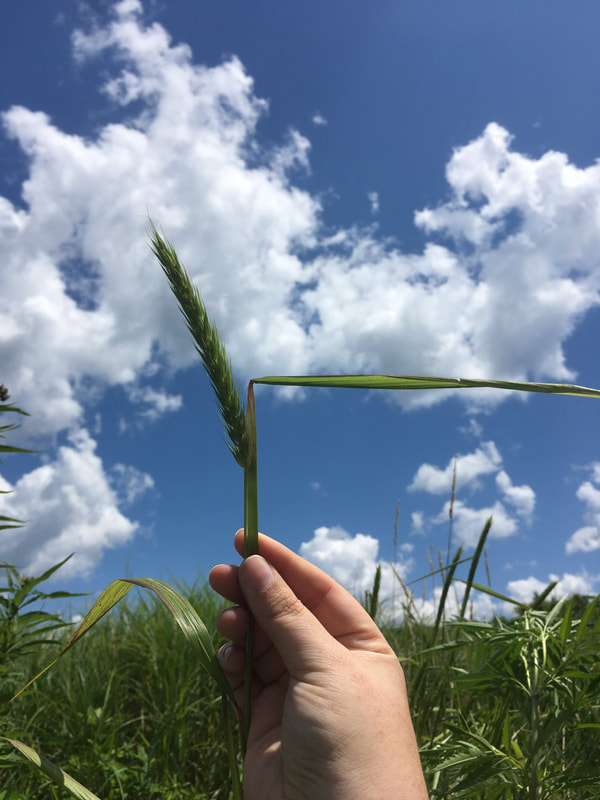
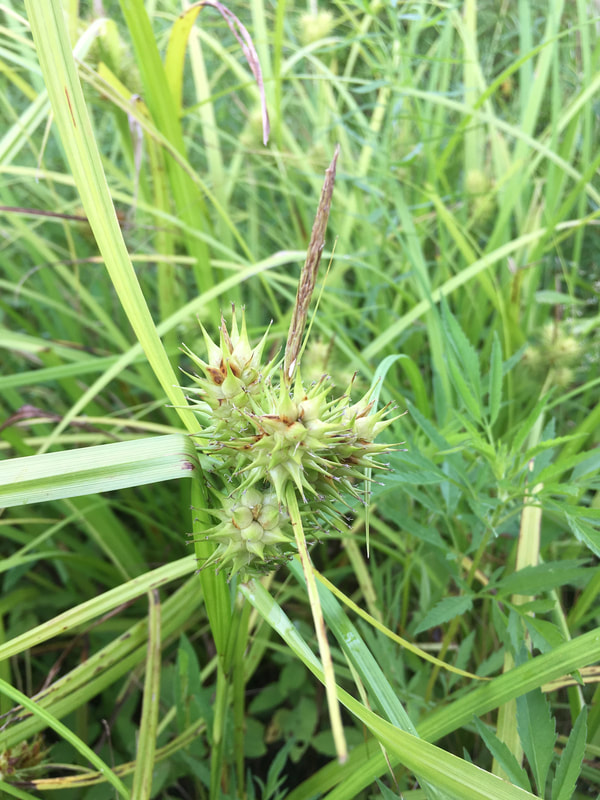
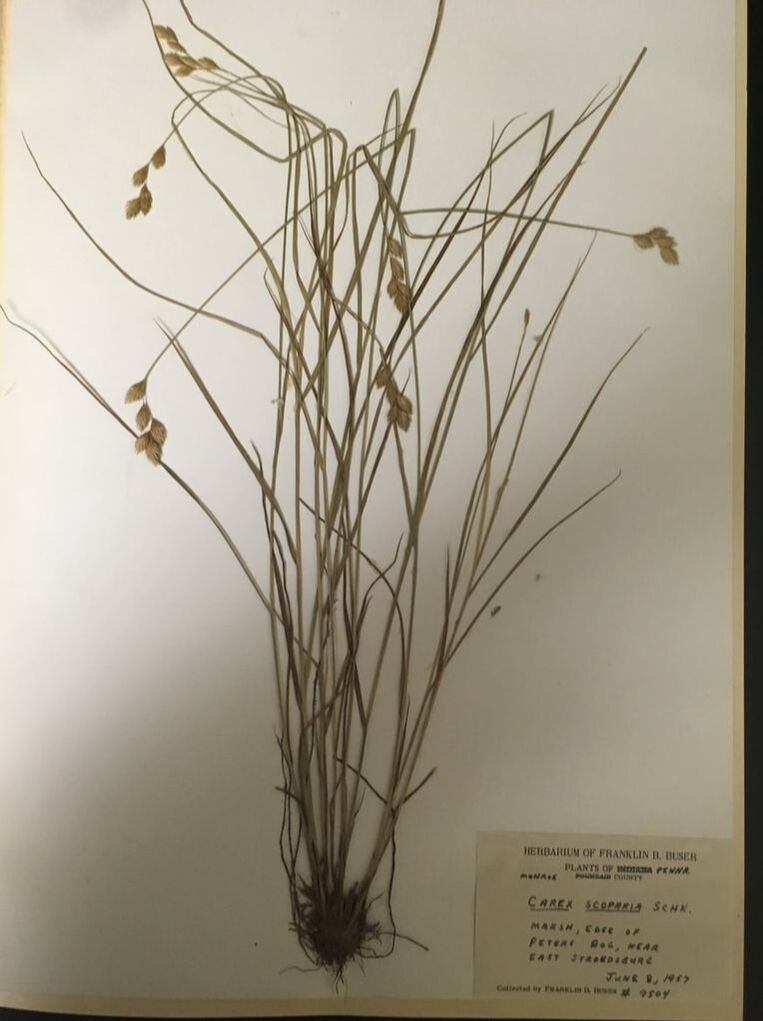
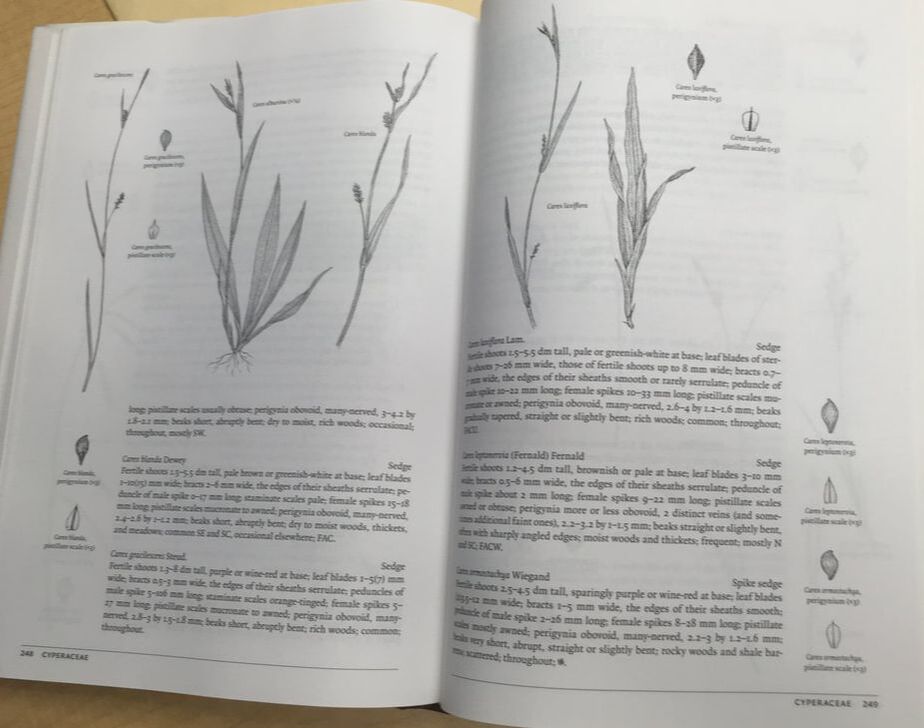




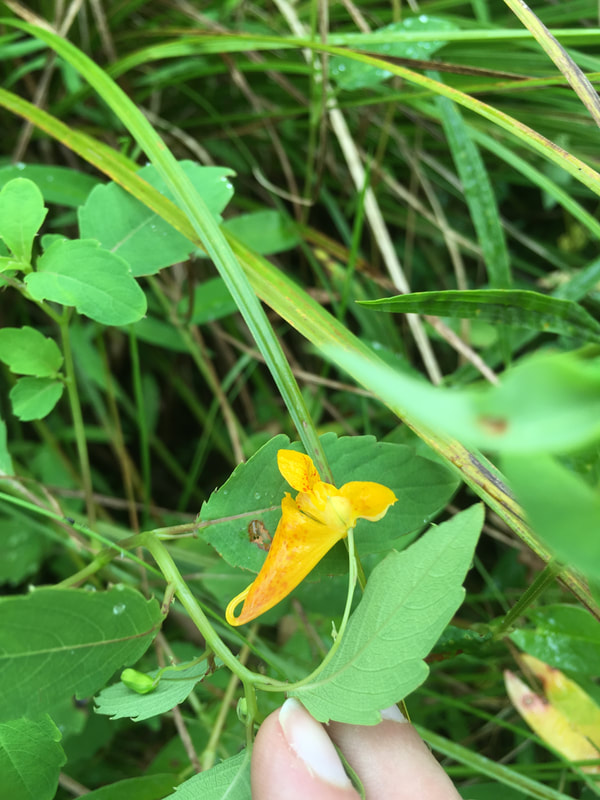





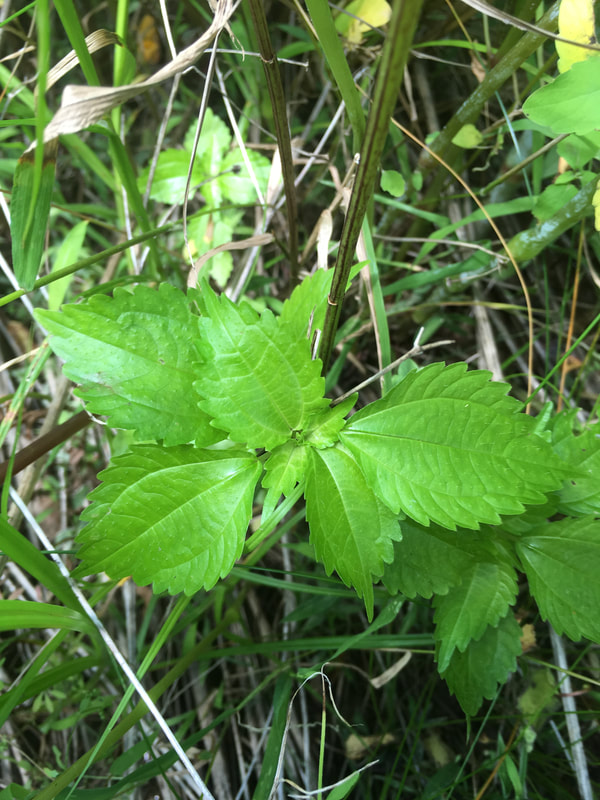


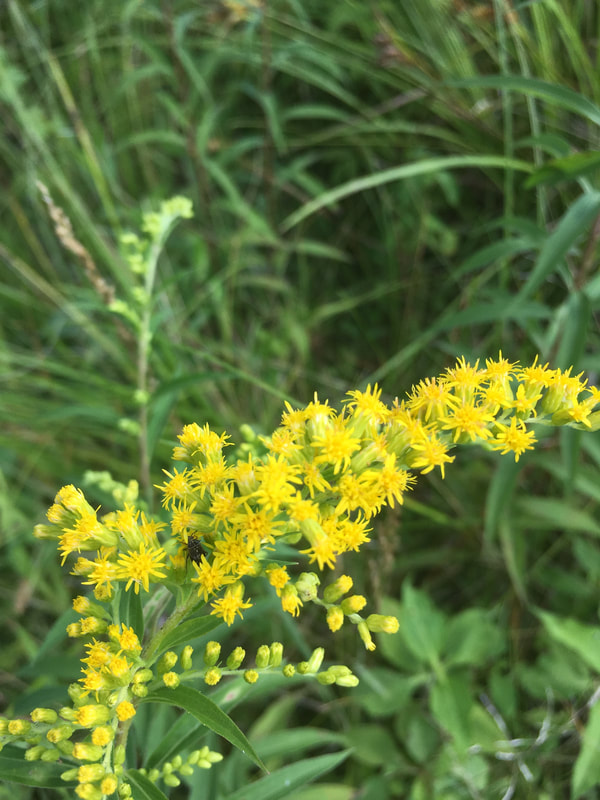
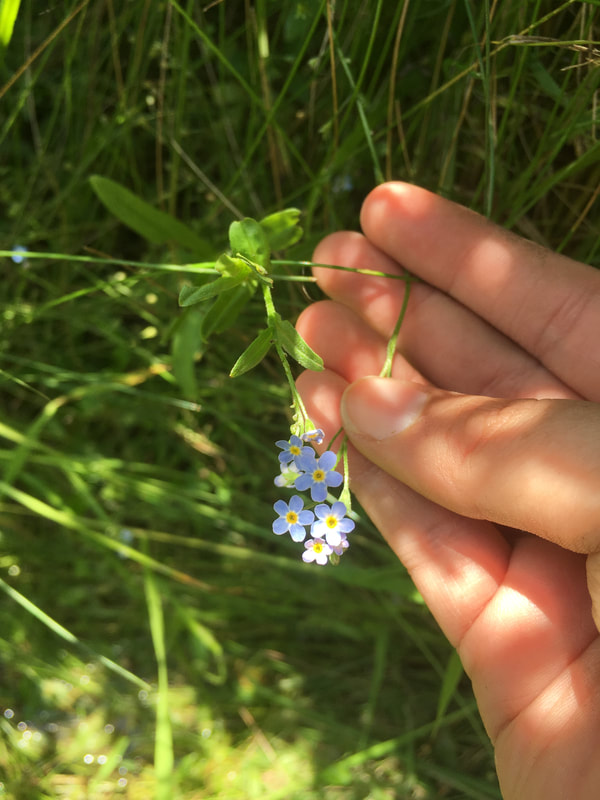





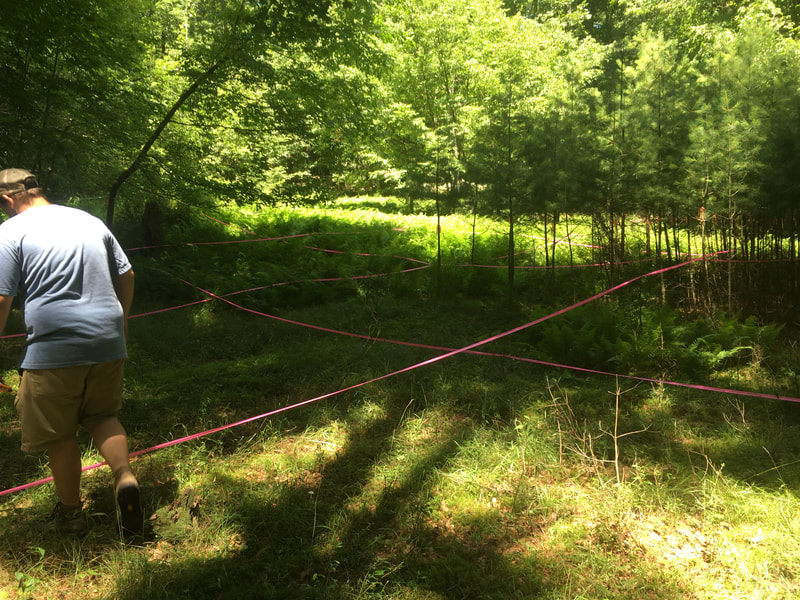


 RSS Feed
RSS Feed